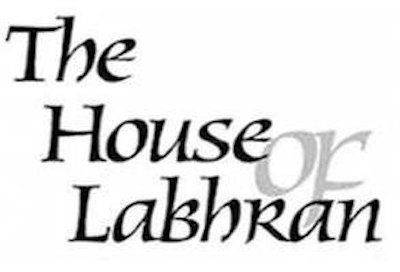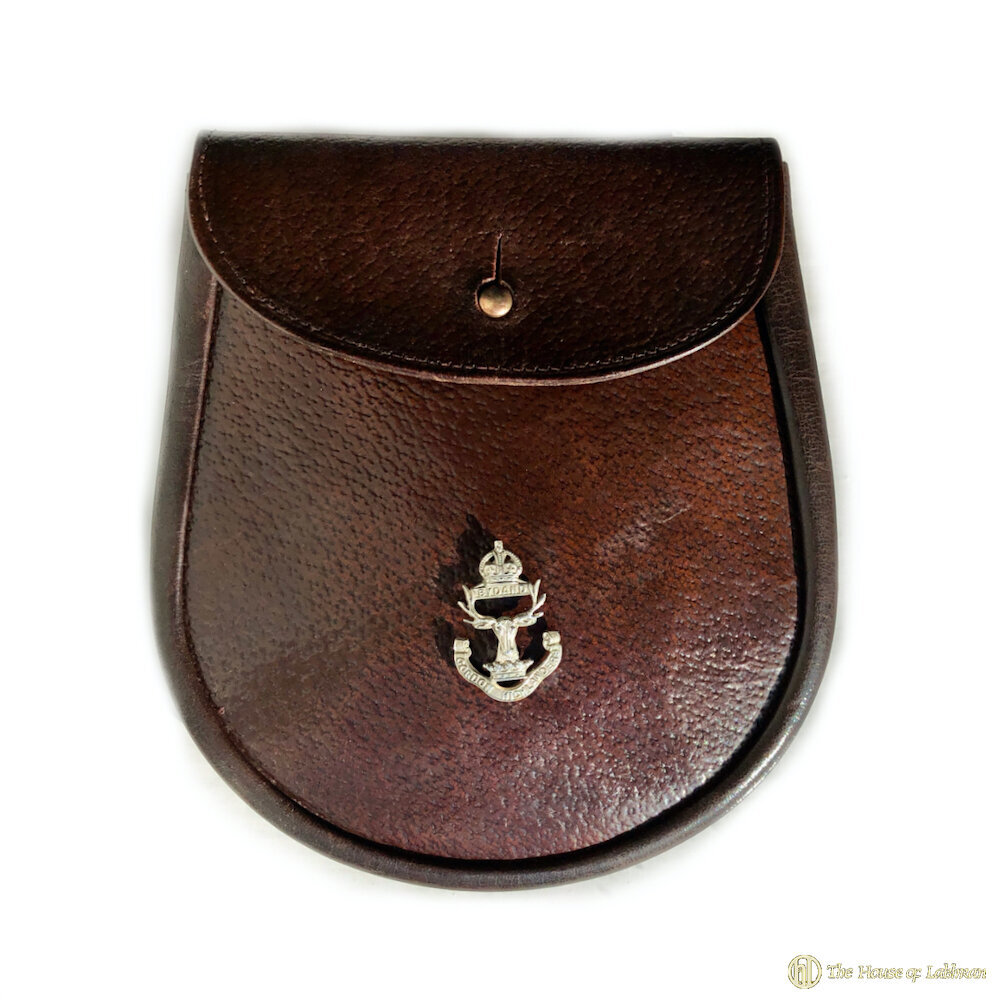Vintage 1940's Gordon Highlanders - Ex Officer’s Leather Sporran
Vintage 1940's Gordon Highlanders - Ex Officer’s Leather Sporran
Vintage 1940's Gordon Highlanders - Ex Officer’s Leather Sporran
Vintage 1940's Gordon Highlanders - Ex Officer’s Leather Sporran
Vintage WW2 Gordon Highlanders ex officer’s leather sporran with Kings crown Gordon Highlanders sporran badge badge on a brown leather purse.
Fastened with a brass stud.
For the current stock of new and vintage sporrans please the website shop page
Service Dress was the new style of khaki service dress uniform introduced by the British Army for use in the field from the early 1900s, following the experiences of a number of imperial wars and conflicts, including the Second Boer War. This variant of uniform continues to be worn today, although only in a formal role, as No. 2 Pattern dress.
Scottish Highland pattern uniforms differed in the wearing of tartan kilts or trews, rather than trousers or breeches and in alterations in the design of the tunic and jacket to make them resemble the traditional Highland doublet type – notably in cutting away the skirts at the front of the tunic to allow the wearing of a sporran.
When first introduced this would be the regimental hair sporran for all ranks. In later years the leather undress sporran was introduced. Each regiment saw a variation on a theme, but it would often include their regimental badge mounted on the sporran.
The Gordon Highlanders
The Gordon Highlanders was a line infantry regiment of the British Army that existed for 113 years, from 1881 until 1994.
The regiment was formed on 1 July 1881 instigated under the Childers Reforms. The new two-battalion regiment was formed out of the 75th (Stirlingshire) Regiment of Foot - which became the 1st Battalion of the new regiment - and the 92nd (Gordon Highlanders) Regiment of Foot, which became the 2nd Battalion.
In 1994 it was amalgamated with the Queen's Own Highlanders (Seaforth and Camerons) to form the Highlanders (Seaforth, Gordons and Camerons).


